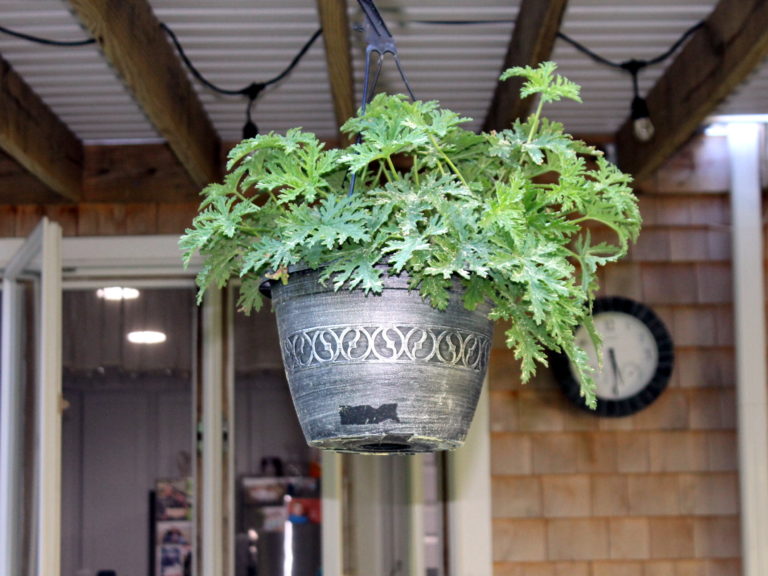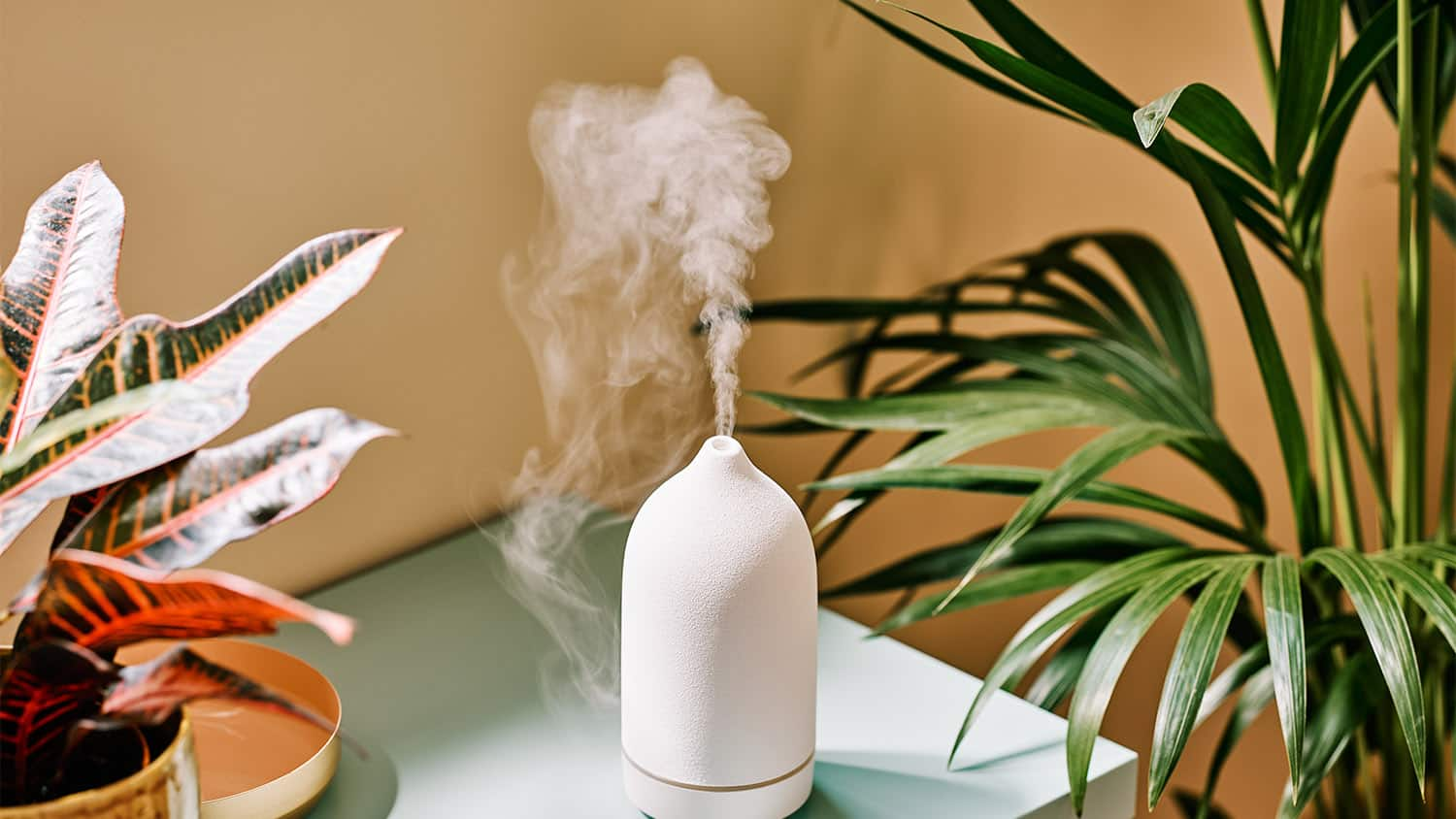8 Plants That Repel and Keep Mice Expert Guide

Are you tired of having mice invade your home? Do you want to keep them away without using harmful chemicals or traps? Look no further than the power of plants! In this article, we will delve into the world of natural pest control and explore eight plants that can repel and keep mice at bay.
What are the benefits of using plants for pest control?
Using plants as a natural form of pest control has many benefits. Firstly, it is a safe and non-toxic alternative to using chemical pesticides and poisons. These chemicals can be harmful to not only pests but also humans and pets. Secondly, plants can help to improve air quality in your home while keeping pests away. Additionally, they provide aesthetic value and make your home look and feel more alive and vibrant.
Who should use plants for pest control?
Anyone who wants to keep pests away in a safe and natural way can benefit from using plants for pest control. This method is particularly useful for households with children or pets who may be at risk of exposure to harmful chemicals. It is also great for those who are conscious of their environmental impact and want to reduce their use of toxic chemicals.
When should you start using plants for pest control?

The best time to start using plants for pest control is before you even have a pest problem. By incorporating these plants into your home or garden early, you can prevent pests from entering in the first place. However, if you already have a pest problem, it’s never too late to start using plants as a natural solution.
How to use plants to repel and keep mice away?

- Peppermint – Plant peppermint around your home or garden to repel mice. You can also use peppermint essential oil on cotton balls and place them near entry points or areas where mice have been seen.
- Lavender – Lavender is a natural deterrent for mice due to its strong scent. Plant lavender around your home or garden or use lavender essential oil on cotton balls.
- Catnip – While catnip may attract cats, it repels mice. Plant catnip around your home or garden to keep mice away.
- Eucalyptus – Eucalyptus has a strong scent that mice find unpleasant. You can plant eucalyptus around your home or garden or use eucalyptus essential oil on cotton balls.
- Rosemary – Rosemary has a strong scent that can repel mice. Plant rosemary around your home or garden or use rosemary essential oil on cotton balls.
- Daffodils – Daffodils contain a toxin called lycorine that is toxic to mice. Plant daffodils around your home or garden to keep mice away.
- Alliums – Alliums, such as onions and garlic, have a strong odor that mice dislike. Plant alliums around your home or garden to repel mice.
- Marigolds – Marigolds contain a compound called thiophene that is toxic to mice. Plant marigolds around your home or garden to repel mice.
What are the pros and cons of using plants for pest control?

Pros:
- Safe and non-toxic
- Environmentally friendly
- Provides aesthetic value
- Improves air quality
Cons:
- May not be as effective as chemical pesticides
- Some plants require specific growing conditions
- Can take time to see results
Are there any alternative methods for keeping mice away?
Yes, there are several alternative methods for keeping mice away. These include:
- Sealing up entry points in your home
- Using humane traps to catch and release mice
- Keeping a clean and clutter-free home
- Using sonic or ultrasonic repellents
However, using plants as a natural form of pest control is one of the safest and most environmentally friendly alternatives.
Step-by-step guide to using plants for pest control
- Choose the plants you want to use based on your personal preferences and growing conditions.
- Plant the chosen plants around your home or garden or place them in pots indoors.
- Use essential oils on cotton balls and place them near entry points or areas where mice have been seen.
- Monitor the effectiveness of the plants and make any necessary adjustments.
How do these eight plants compare to other pest control methods?
Compared to other pest control methods, such as chemical pesticides and traps, using plants is much safer and more environmentally friendly. While it may not be as effective as chemical pesticides, it provides a natural and non-toxic solution that can improve air quality and add aesthetic value to your home or garden.
Tips for successfully using plants for pest control
- Research the specific growing conditions for each plant to ensure they thrive.
- Use essential oils on cotton balls for a stronger scent.
- Monitor the effectiveness of the plants and make necessary adjustments.
- – Combine different plants for a more effective solution.
- Place plants strategically near entry points or areas where mice have been seen.
- Regularly prune and maintain the plants to ensure they continue to repel mice.
FAQs
Q: Can these plants harm pets or humans?
A: No, these plants are safe for both pets and humans when used as directed. However, some essential oils can be harmful if ingested, so it’s important to keep them out of reach of children and pets.
Q: Do these plants work for other pests besides mice?
A: Some of these plants may also repel other pests such as spiders and ants, but their effectiveness may vary.
Q: How long does it take to see results?
A: It may take several weeks or even months to see results with using plants as a natural form of pest control. However, consistently using them as part of your pest control routine can help prevent future infestations.
Q: Can I use these plants indoors?
A: Yes, many of these plants can be grown in pots and placed indoors to repel mice.
Q: What should I do if I already have a mouse infestation?
A: While using plants as a natural form of pest control can help prevent future infestations, it may not be enough to get rid of an existing infestation. In this case, it’s best to seek professional help from a pest control service.
Conclusion
Using plants as a natural form of pest control is a safe and effective way to repel and keep mice away from your home or garden. Incorporating these eight plants into your pest control routine can provide aesthetic value, improve air quality, and reduce your environmental impact. While it may not be as effective as chemical pesticides, using plants is a non-toxic and environmentally friendly alternative that can provide long-term benefits. So why not give it a try and see the benefits for yourself?